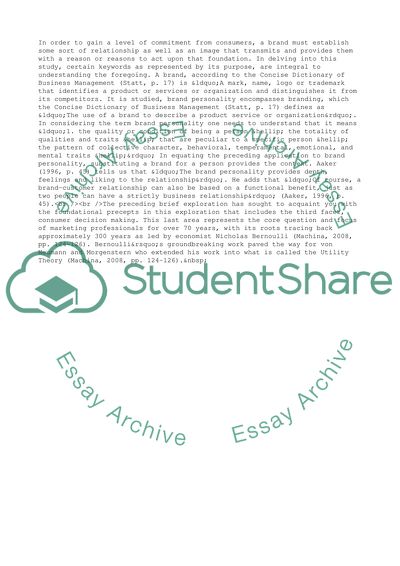Cite this document
(An Exploration of the Impact of Brand Personality on Consumer Decision Thesis, n.d.)
An Exploration of the Impact of Brand Personality on Consumer Decision Thesis. https://studentshare.org/business/1719286-explorin-the-impact-of-brand-personality-on-cunsumer-decision-making
An Exploration of the Impact of Brand Personality on Consumer Decision Thesis. https://studentshare.org/business/1719286-explorin-the-impact-of-brand-personality-on-cunsumer-decision-making
(An Exploration of the Impact of Brand Personality on Consumer Decision Thesis)
An Exploration of the Impact of Brand Personality on Consumer Decision Thesis. https://studentshare.org/business/1719286-explorin-the-impact-of-brand-personality-on-cunsumer-decision-making.
An Exploration of the Impact of Brand Personality on Consumer Decision Thesis. https://studentshare.org/business/1719286-explorin-the-impact-of-brand-personality-on-cunsumer-decision-making.
“An Exploration of the Impact of Brand Personality on Consumer Decision Thesis”. https://studentshare.org/business/1719286-explorin-the-impact-of-brand-personality-on-cunsumer-decision-making.


